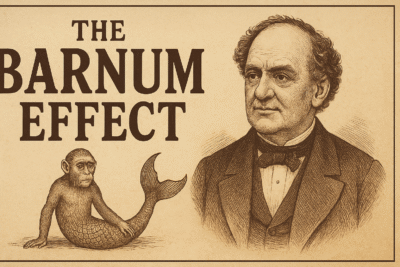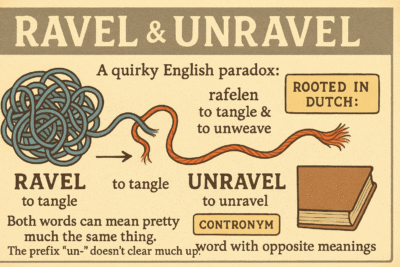
The sight of a child sleeping is one of the most beautiful things. Science backs this belief (Photo: AI generated)
Have you ever wondered what goes on inside the sleeping brain? How do we drift off and come alive? Sleep questions have always amazed me: when we are almost dead to the world in sleep, how do we wake up? What power wakes us up? Sometimes, the noise of a song, TV, or train wakes you up, and some other times, you sleep peacefully through these noises and disturbances. How does this happen?
This is Part Three of the sleep series articles. You may read Part One and Part Two on TheFreePen
It’s like eating cauliflower — the taste is usually the same whether morning or evening, on a plate or at a party, in a steel, plastic or paper container. You say it’s the same cauliflower. Then why does the same song sometimes put you to sleep and sometimes wake you up? A train’s noise can wake you up but you can also sleep on the same train.
Everything is controlled by the brain. And this is evolution.
The brain is the most complex computer. It runs on electricity. There are four or five key things to know about the brain’s connection to sleep.
- Prefrontal Cortex: Also called the forebrain, it is the brain’s headquarters, located just above where your eyebrows meet.
- Suprachiasmatic Nucleus: It is in the middle of the brain and is the key to the internal clock, the circadian rhythm.
- Pineal Gland: This gland has been a mystery to scientists for a long time. It releases a protein called melatonin, which signals that it is time to sleep.
- Thalamus: Also a gland, it is the brain’s sensory gateway. It determines how you perceive what you see, hear, smell, or touch. It also shows you dreams — when you run but your legs are still in bed.
- Adenosine: This chemical is produced continuously in the body. Those who have studied biology know about ATP — the cell’s energy currency. The longer you stay awake, the more adenosine builds up in your brain. This increasing amount causes sleepiness. People who suffer from insomnia are sometimes prescribed adenosine medicines.
As you stay awake, melatonin levels rise in your blood, signalling it’s night and time to sleep. Unlike a night watchman who makes noise to keep awake, melatonin tells you to sleep. In the morning, melatonin levels drop, so it no longer tells you to sleep.
But if you stay awake all night, you feel sleepy because of adenosine. As adenosine increases, sleep pressure increases. Usually, about three hours after dark, adenosine reaches a level that makes you say, “I’m sleepy.” You want to sleep.
But can you sleep whenever you wish?
You may not sleep immediately, but evolution has made your body parts slow down while you are awake — partial sleep. When you do sleep, adenosine levels decrease. By the time you wake, adenosine is almost gone.
It’s like a barometer inside your brain measuring your wakefulness and deciding your need for sleep. This fascinating game between sleep and wakefulness continues inside your brain, even as you read this.
When you sleep, the thalamus filters which sensory information reaches the prefrontal cortex. That’s why you can fall asleep listening to music. After some time, the thalamus stops sending the music’s sound to the brain’s headquarters.
You may have noticed children waking up when you turn newspaper pages but not at the sound of a cooker’s whistle. Their brains heard the cooker’s whistle while in the womb and know it’s not important enough to wake them. The newspaper’s sound is new and may signal danger.
Usually, children’s names are given within a week of birth, but their brain does not understand language yet. The thalamus filters out unfamiliar sounds repeatedly. But once language is understood and the brain recognises the voice, the thalamus sends signals to wake up when called.
Another example with children: when you are asleep and someone pats you, you wake up almost every time. But when patting children to sleep, they often fall asleep.
Why?
Because of the thalamus’s guardianship. In the womb, the closest sound the child hears continuously is the mother’s heartbeat — steady and rhythmic.
For months, the child’s brain sleeps and wakes to this rhythm, which provides comfort and a sense of safety. After birth, outside the protective womb, they no longer hear this rhythm.
So when we pat them, their brain feels safe, nerves relax, and they fall asleep. As we grow, our brain forgets this rhythm. The brain forgets anything not repeated. The illusion of rhythm lasts a while, then new habits form. Sleep still comes, but in a new context.
The thalamus also shows us dreams. When you sleep, the brain instructs muscles to relax almost to paralysis. If you pick up a sleeping person or child, they feel limp, though muscle weight and strength remain.
During this, the thalamus projects sounds, images, smells, anger, love, etc., onto the prefrontal cortex’s screen. These are dreams, which are very important. All mammals and birds dream.







1 thought on “Part Three | The science of falling asleep and waking up: What happens inside our brain?”